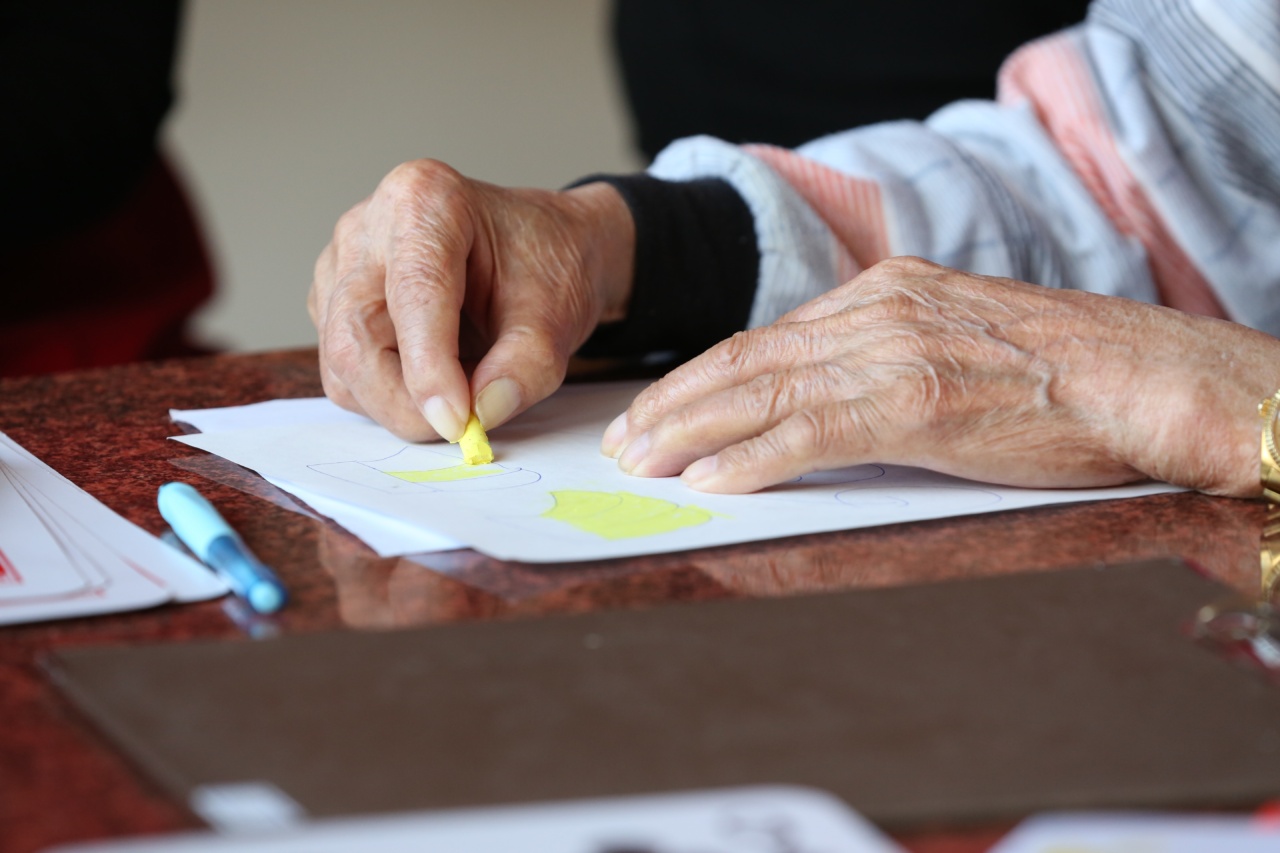Knee arthritis is a debilitating condition that affects millions of people around the world. It is characterized by inflammation and pain in the knee joint, which can significantly impact a person’s mobility and quality of life.
While there are several treatment options available for knee arthritis, advanced techniques have emerged in recent years that offer promising results. In this article, we will explore some of these advanced techniques for treating knee arthritis.
1. Platelet-Rich Plasma (PRP) Therapy
Platelet-Rich Plasma (PRP) therapy is a cutting-edge treatment that utilizes the body’s healing properties to alleviate the symptoms of knee arthritis.
This technique involves injecting a concentrated solution of platelets, growth factors, and cytokines into the affected joint. These substances promote tissue regeneration, reduce inflammation, and provide pain relief in individuals with knee arthritis.
2. Stem Cell Therapy
Stem cell therapy is another advanced technique that holds great promise for treating knee arthritis. In this procedure, stem cells are harvested from the patient’s own body or derived from other sources and injected into the knee joint.
These cells have the potential to differentiate into various types of cells, including cartilage cells. By stimulating the growth of new cartilage, stem cell therapy can help restore joint function and reduce pain in individuals with knee arthritis.
3. Minimally Invasive Arthroscopy
Minimally invasive arthroscopy is a surgical technique used to diagnose and treat knee arthritis. It involves inserting a small camera called an arthroscope into the joint through a small incision.
This allows the surgeon to visualize the joint and perform repairs, if necessary. Minimally invasive arthroscopy offers several advantages over traditional open surgery, including reduced pain, faster recovery, and minimal scarring.
4. Hyaluronic Acid Injections
Hyaluronic acid injections have gained popularity as a non-surgical treatment for knee arthritis. Hyaluronic acid is a naturally occurring substance in the body that helps lubricate and cushion the joints.
In individuals with knee arthritis, the amount of hyaluronic acid decreases, leading to increased friction and pain. Injecting hyaluronic acid into the knee joint can provide temporary relief by restoring the lubricating properties of the synovial fluid.
5. Radiofrequency Ablation
Radiofrequency ablation is a minimally invasive procedure that utilizes heat to treat knee arthritis. In this technique, radiofrequency waves are used to heat the nerve endings responsible for transmitting pain signals from the knee joint.
By disrupting these nerve pathways, radiofrequency ablation can provide significant pain relief in individuals with knee arthritis, often lasting for several months.
6. High Tibial Osteotomy
High tibial osteotomy is a surgical procedure that is performed to realign the bones in the knee joint. This technique is particularly beneficial for individuals with knee arthritis who have early-stage disease and significant malalignment.
By redistributing the weight-bearing forces in the knee joint, high tibial osteotomy can relieve pain and slow down the progression of arthritis.
7. Partial Knee Replacement
Partial knee replacement is a surgical procedure that involves replacing only the damaged part of the knee joint, rather than the entire joint.
This technique is suitable for individuals with knee arthritis who have isolated cartilage damage in a specific compartment of the knee. Partial knee replacement offers several advantages over total knee replacement, including smaller incisions, quicker recovery, and more natural joint function.
8. Robotic-Assisted Knee Surgery
Robotic-assisted knee surgery is an advanced technology that enhances the precision and accuracy of knee replacement surgery. In this technique, a robotic arm is used to assist the surgeon in preparing the joint and positioning the implants.
By allowing for more precise adjustments and better alignment, robotic-assisted knee surgery can improve the outcomes of knee replacement in individuals with arthritis.
9. Laser Therapy
Laser therapy is a non-invasive treatment option for knee arthritis that utilizes low-level lasers to reduce pain and inflammation. The laser energy penetrates the skin and stimulates cellular repair processes in the affected joint.
Laser therapy has shown promising results in relieving pain and improving function in individuals with knee arthritis, without any significant side effects.
10. Customized Knee Bracing
Customized knee bracing is a conservative approach to manage knee arthritis. These braces are designed to provide support and stability to the knee joint, reducing pain and improving function.
Unlike off-the-shelf braces, customized knee braces are tailor-made to fit the individual’s knee anatomy, ensuring maximum comfort and effectiveness.






























